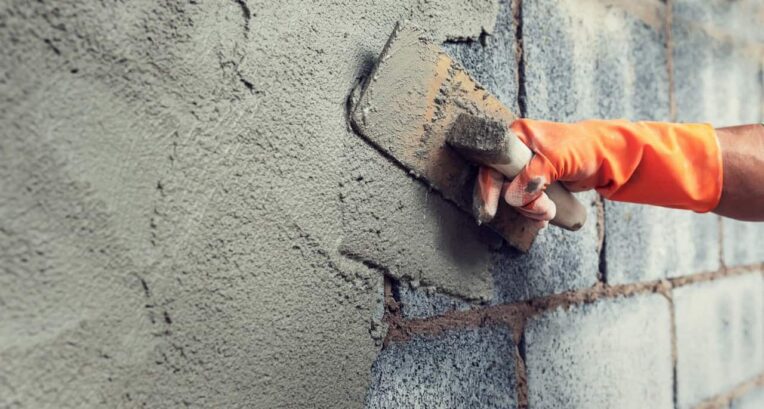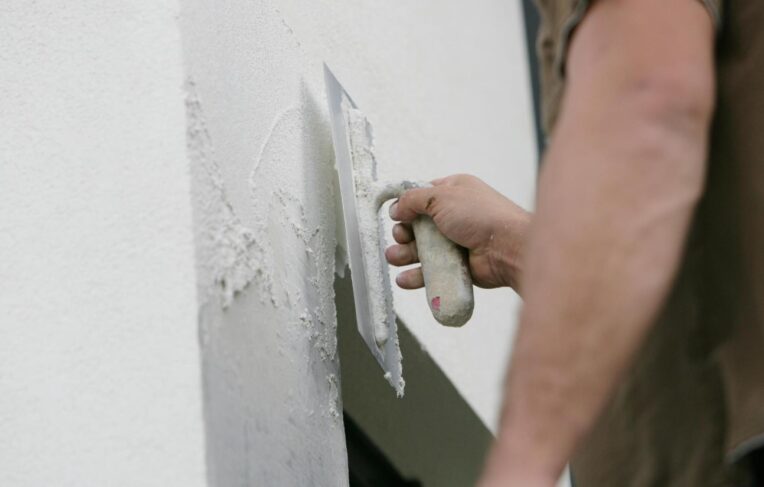If you’re working in a cold climate, you may have noticed that your rendering takes longer than it did in the summer. It isn’t uncommon for rendering jobs to take longer than expected during the winter months. If you’re in a cold climate, there are a few things you can do to speed things up. Here are some potential pitfalls and how to avoid them. For a contractor or applicator, working outdoors over the long winter months can be a drag. Aside from the cold being unpleasant and potentially dangerous, winter weather can cause lots of issues for construction workers, particularly if you’re working with render.
It’s a rainy day and you’re stuck inside. But you can’t concentrate on the task of rendering your video because you keep getting distracted by the raindrops on your window. You’re not alone—a lot of people are confused by what it means to render. They don’t know whether they should do it in good weather, bad weather, or any kind of weather at all. Here are reasons not to:
Contents
1) Rendering is not actually about the weather
The weather can affect the workability, durability and finish of the render. Colder temperatures make render less workable, while higher temperatures speed the drying process. Moisture in the air can cause the render to set too quickly for the mason to work it into place, resulting in finishes that do not match up with those applied by hand or trowel.
2) Rendering takes time
Not only will you be able to get more done if you don’t have to worry about the weather while rendering, but it also takes longer than most people realize. So if you’re in a rush and planning on starting early tomorrow morning (like most people), then make sure that there’s no chance of rain before then so that nothing gets in your way!
3 reasons you shouldn’t render in bad weather if you are not a professional

Rendering in poor weather conditions can lead to a number of problems that may affect the final finish of the job. Three reasons not to render in bad weather:
1) Lime bloom
Lime bloom, or efflorescence, is a common problem on brick walls. It’s caused by water migrating through the mortar joints and dissolving the lime in the bricks. If you see this happening on your house, don’t panic! You can take certain steps to prevent it from getting worse. Lime bloom is a common problem that occurs when a render’s surface is exposed to damp conditions and/or low temperatures during its early curing stage. This happens as a result of lime’s intolerance to the slower drying conditions during its early stages of hydration. Although lime bloom doesn’t affect the render’s integrity or strength, it causes a thin film of white to form on the surface.
2) Texture and colour inconsistency
Working in the rain or when it is raining on newly applied render can cause problems with the consistency of colour and texture. This is due to aesthetic issues and because excessive amounts of water may affect the bond/adhesion between coats.
3) Top coats can be damaged.
We depend on evaporation to set our top-coat renders, which gives them a durable finish. If the weather is hot and humid or if drying conditions are slow—such as in low temperatures—these coatings are vulnerable to being washed off before they have a chance to set.
Our top tips for rendering in winter

Work can’t be put off because of the weather, so how can you avoid these potential pitfalls when you are working in unfavourable conditions? We’ve got some tips to help.
1. Protect the substrate
If an elevation is exposed to rain and allowed to become saturated, it will shrink more in drying than an elevation which has been adequately protected. This movement could lead to cracking within the substrate, which could then lead to cracking in the render. Tenting scaffolding around the elevation will protect it from the weather and prevent this from happening.
2. Consider an accelerator
If using weberpral M or webertherm M1, consider using weber accelerator monocouche, a liquid additive used in place of a portion of the gauging water at the mixing stage. This product, which is not an anti-freeze, helps the initial set time of render. At 20°C degrees, a 5°C degree scrape time can be achieved with this additive. This makes the render less likely to suffer from lime bloom.
3. Beware of frost
Don’t apply frosted materials on frosted substrates or in low temperatures. Note the weather forecast and avoid applying if the temperature is going to drop below freezing. In cold weather, work should only proceed if you can enclose the scaffolding and use heaters.
4. Protect the finish
Renders must be protected from damage while they are new. You can wrap scaffolding in tarpaulins, close mesh netting, polythene or other suitable material to protect it from the weather.

